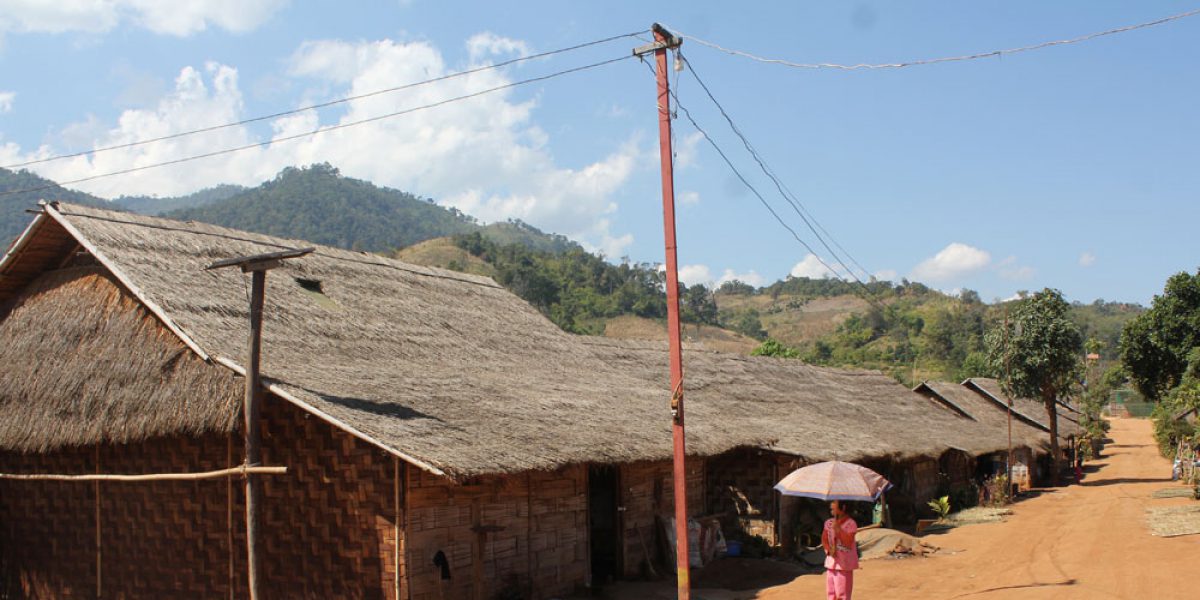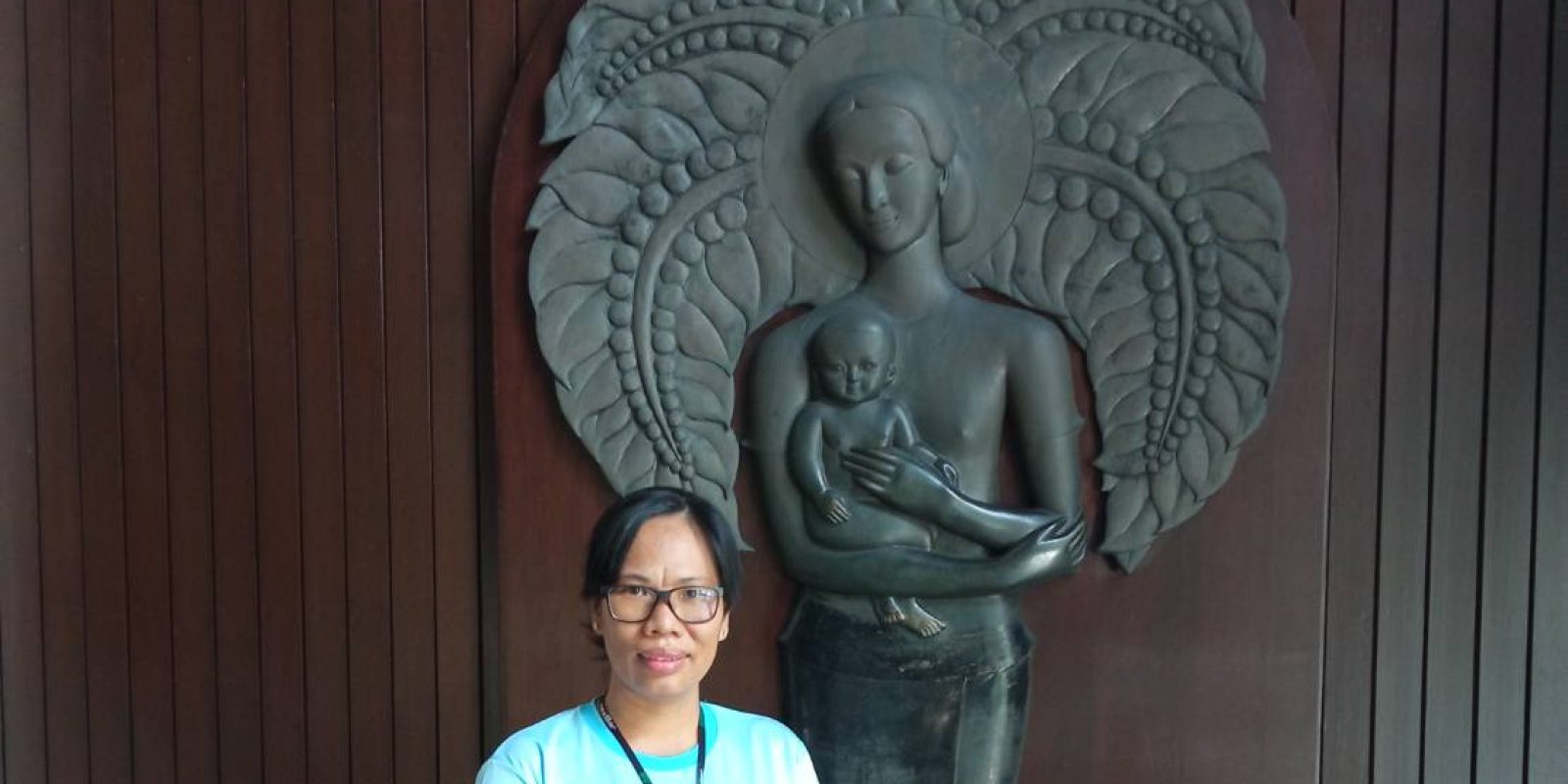Thailand: Shan refugees eking out a living
10 February 2011|Molly Mullen

Bangkok, 10 February 2011 – Despite being forced to flee their homeland, more than 130 Burmese refugee families live in a temporary shelter in the hills on the northern Thai border.
In 2001, families from four Shan villages crossed the border to Thailand and lived on the grounds of a monastery. The next year they were allowed to set up a temporary shelter for themselves. But, because it is not a refugee camp, the Thai authorities can come at any time and force them back into Burma.
As the shelter is considered temporary, they receive little outside assistance, and are not allowed to build permanent structures nor seek employment in the country. As they are not recognised as refugees, they are not eligible for resettlement in a third country, such as the US or Australia.
The refugees’ homes, school and community buildings are made of bamboo, and the only work they are allowed to undertake depends on opportunities they create for themselves – mainly traditional weaving. They live far from urban areas, and to get to the shelter they must travel long distances on inadequate roads and in severe weather conditions.
According to Sei Lang, the community leader at Krung Jor shelter, ethnic Shan fleeing violence are considered in need of temporary shelter.
However, Mr Lang does not foresee things changing in Burma any time soon. Instead, he sees more Shan people fleeing to Thailand as political tensions rise and Burma’s military regime, the State Peace and Development Council (SPDC), clashes with insurgent groups.
“We would like to return to (Burma’s) Shan State but not now. Not during the current situation. If the situation changes then we would like to return, but it has to be real change,” he said.
“They came to our villages, arrested some and killed others. They destroyed our buildings and houses. We were unable to stay and had to flee to Thailand,” said Mr Lang.
Mr Lang, a former soldier, said the Burmese military believed the refugees supported a Shan military faction.
Surviving in limbo
“Seventy-five percent of the Shan people live in the countryside so they are not educated. They wouldn’t be able to explain the causes of the conflict with the Thai authorities. So the authorities haven’t granted them permission to stay here”, he said.
Some refugees work illegally in garlic fields or doing manual labour, others work in the camp. JRS has been working with shelter residents for nine years, helping to provide livelihood opportunities, including mushroom growing, sewing and weaving.
“The weaving is the most successful income generating activity (IGA) in the camp. When the project started they would earn only 30 baht [0.7 euro] for one days work. Now they earn around 120 baht a day”, Mr Lang said.
“JRS helps us monitor the quality of our products and find markets [nearby] in Mae Sot. We have had a number of special orders for New Years and Christmas”, added Mr Lang.
While life is difficult in this small community – no real work opportunities are available, rations are cut because of a lack in funding, and many residents are unsure of what the future holds for them – this camp leader only requested one thing: “We want to live in safety here until we can return.


